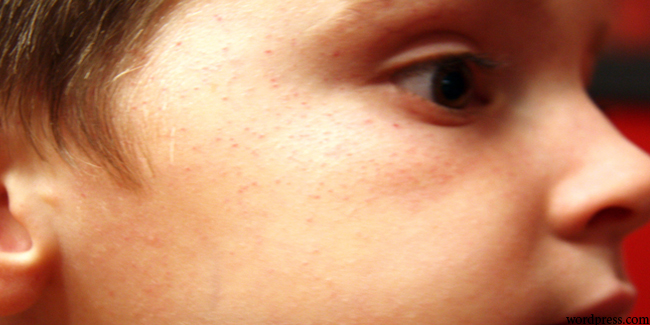

What we call Kawasaki disease is an illness involving the skin, mouth, and the lymph nodes and it most often affects kids who are under five years of age. Much to our chagrin the cause for the disease is yet unknown and if the symptoms are recognised at an early stage then kids with the diseasecan recover fully within a few days. If the disease is left untreated then it could lead to serious complications that could affect the heart.
[Read: What causes Kawasaki Disease?]
The disease though is most common among Japanese and Korean descents; it can affect all age groups. Let us now take a close look at the disease.
Symptoms
The bad news is that the disease cannot be prevented but it has very strong symptoms that show up in phases. While the first phase lasts upto 2 weeks and involves a persistent fever which is higher than 1040F which is 390C and lasts for 5 days, the second phase begins within 2 weeks of the fever and the skin on your hands and feet may begin to peel in large pieces. Joint pain, diarrhea, vomiting or abdominal pain could be other common symptoms too. Let us enlist the possible symptoms:
• Notice severe redness in the eyes
• a rash on the stomach, chest, and genitals
• red, dry, cracked lips
• swollen tongue with a white coating and big red bumps
• sore, irritated throat
• swollen palms of the hands and soles of the feet with a purple-red color
• swollen lymph nodes.
Causes
As mentioned earlier, the cause for Kawasaki disease is not yet known, it is suspected that micro-organisms and toxins are responsible for this, but the disease is not supposed to be contagious. It has also been said that genetic factors and immune system of the patient could play important roles in the disease and this is caharcterised by immune activation.
Treatment
Those children affected by the disease get hospitalised and is treated with high doses of aspirin in order to reduce inflammation and mildly thin the blood to prevent blood from clotting. They are also given gammaglobulin which is administered through the vein mixed together with fluids. The treatment is good because it decreases the chance of developing aneurysms in the coronary arteries. Also, sometimes cortisone medications are given.
Patients who are found not to respond to aspirin and gammaglobulin are given plasma exchange or plasmapheresis. This is a procedure wherein the patient’s plasma is removed from the blood and is then replaced with protein containing fluids. By doing this antibodies and proteins which are felt to be part of the immune reaction that is causing the inflammation of the disease also gets removed. If the disease does not respond to the traditional aspirin and gammaglobulin treatments then it could be a matter to worry about.
Prevention
The prevention for this disease is not known as yet, just like the causes for it isn’t. Facts say that approximately one child in a hundred is found to develop this disease a second time. The sad truth is that no matter how much one may beat his or her head, there couldn’t be any way to prevent the disease.
Read more articles on Kawasaki Syndrome
Read Next
Foods to Avoid in Gastritis
How we keep this article up to date:
We work with experts and keep a close eye on the latest in health and wellness. Whenever there is a new research or helpful information, we update our articles with accurate and useful advice.
Current Version